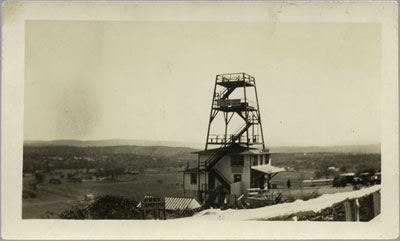![]()
![]()
![]()
![]()
![]()
.
...
...
Accidental
Journey
The Observatory
The Flag Story
Far side
Moon Treaty
Proviso
Photograph found in a flea market, New York, May 1994
[click on the image to progress]
![]()
From 23rd August 1943, in a vast underground factory called Mittelwerk, beneath the Kohnstein mountain, near Nordhausen in central Germany, detainees imprisoned at what became the Mittelbau-Dora concentration camp complex were used as slave labour to carve out tunnels and build the A4 rockets, known as Vergeltungswaffen (retaliatory weapons) or V-2s, that would bombard south-east England, Belgium and northern France during the latter stages of World War II.
Before the Dora camp was built above ground, inmates were forced to sleep in the tunnels they were excavating, without sanitation or water, and saw daylight only once a week. In addition to living and working in horrific conditions, they were subjected to unutterable cruelties. Throughout their incarceration, starvation, disease, incessant cold, beatings and summary executions were a matter of course. Despite this, acts of resistance were not uncommon and included the sabotage of the V-2's complex electrical and guidance systems such that a missile might veer off course or explode in mid-air. If caught, the penalty was death. Sixty thousand prisoners passed through the camp and almost half this number had died by the time Mittelbau-Dora was liberated on 11th April, 1945.
Neither the Soviet and American space programs of the 1950s and 1960s would have actually made it into space when they did, were it not for the input of the scientists who had helped develop the V-2 rocket technology for Hitler's regime. As the conflict was drawing to a close, Soviet and American military forces, coveting the German expertise and technology with a view to the likely post-war political situation, covertly raced to capture both equipment and know-how from Mittelwerk and its surrounding sites. In what was known as Operation Paperclip, the Americans were first to the site, spiriting away much of the equipment and plans from under the noses of their Soviet and British counterparts and luring many of the German personnel to the United States, where they contributed to missile development programs.
In June 1946, an American-assembled V-2 rocket was successfully launched at White Sands, New Mexico. The Soviets were left with less of the expertise but, rather, thousands of rocket parts. They somehow managed to put these together, reverse-engineering them in order to decipher what Wernher von Braun and his colleagues had developed. Over the next decade, the Soviet Union took the lead in rocket technology and in February 1956 launched the world's first ballistic nuclear missile which detonated in the Aral Sea in Soviet central Asia. The following October, Sputnik, the world's first artificial satellite, was sent into orbit and the space race began in earnest.
Looking back at the history of this race, these dark origins and the political manoeuvrings that facilitated the 'conquest of space' are now all too easy to overlook. Without wanting to diminish the extraordinary inventiveness, the dedication and bravery of those involved in the exploration of space, acknowledgment of the misery which lies hidden at the heart of the space programmes, for me at least, has a tendency to dull the sense of optimism and wonder their achievements inspire.
![]()
![]()
